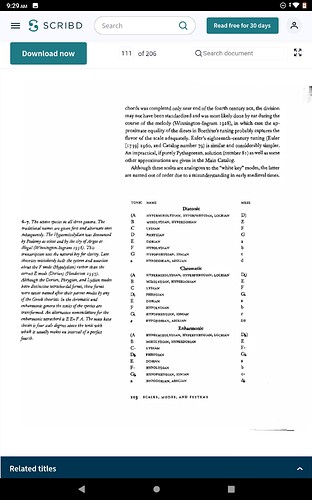-
Close your eyes throughout the whole exercise.
-
Disorient your positioning, move where you are sitting to make this more random.
-
We are only hitting white keys so don’t go near, or try to feel for the black keys.
-
Hit one white key.
-
Play up 3 white keys, and back to the root key, this is the lower tetrachord, listen how it sounds. The speed at which you play them doesn’t matter to much, but a moderately fast tempo is better. Also play each note one after the other, with no sustain pedal, dont hold it like a chord. Play the initial chosen key and 3 white keys down then back to the root key, this is the upper tetrachord, listen how it sounds. So in total we are playing 7 keys. The key you chose randomly with 3 keys on top and 3 keys on bottom of it. The top 4 keys are the lower tetrachord, and the bottom 4 keys are the upper tetrachord.
-
By the sound alone identify the randomly chosen note, the two tetrachords, and the mode.
The four tetrachords you will be listening for are below. I have noted their structure also. R is for root, W is for whole step for when you have a black key between two white keys, and H is for a half step when there is no black key between two white keys.
- Major R W W H
- Minor R W H W
- Phrygian R H W W
- Wholetone R W W W
The 7 modes are below. These aren’t their original names they were changed from their original naming scheme but that is for a deeper discussion. If anyone cares to know that, we can talk about it. Let’s just say it will help you better understand why we have this mode called mixolydian that really ain’t quite right as far as giving it that name it is actually the original name of locrian.
- Ionian
- Dorian
- Phrygian
- Lydian
- Mixolydian
- Aeolian
- Locrian
The notes are pretty straightforward. 
- C
- D
- E
- F
- G
- A
- B
So this should help you understand more deeply how each mode sounds, their genetic makeup, and drive you to go further with tetrachords. I would suggest Harmonic Minor next so you can see how easy it is to drift between certain soundscapes like how when Yngwie goes between minor and harmonic minor, or drifting from Phrygian to Phrygian dominant.
You will know exactly what is going on, will have a better aural understanding of the sound, and a knowledge of tetrachords that can be a massive help with music.




